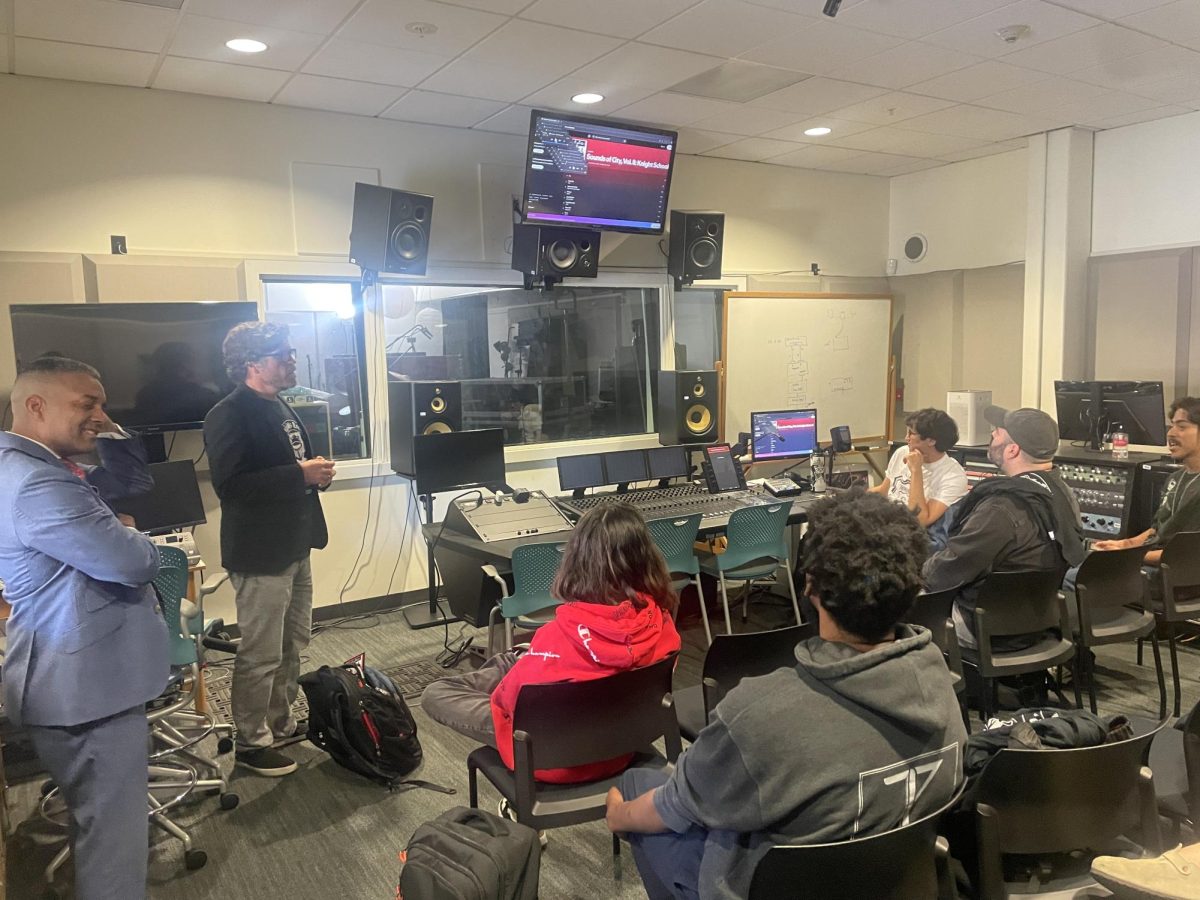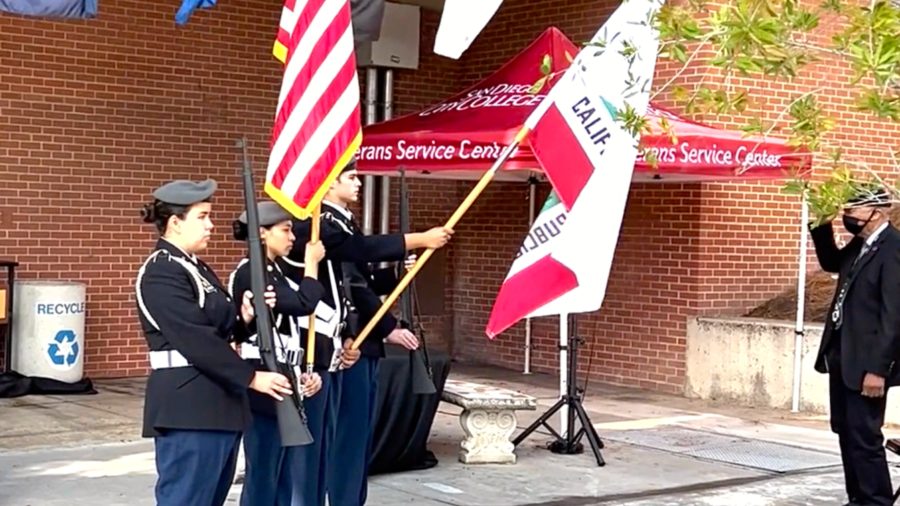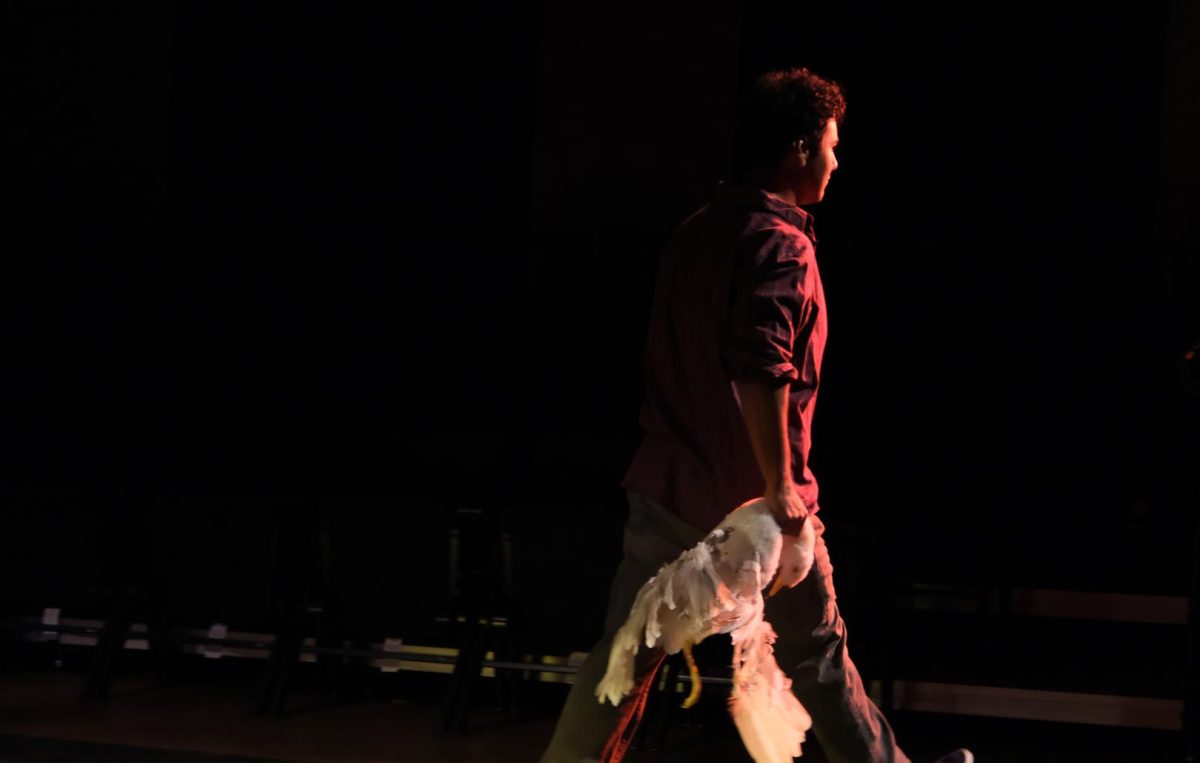Sonjiala Hotchkiss
City Times
Greg Mortenson ventured to the Himalaya Mountains with his whole heart dedicated to a task. This task was inspired by a woman who was born less lucky than many of us. “Three Cups of Tea,” the book that chronicles Mortenson’s steps toward completing this task begins with a chapter titled, “Failure.”
During his talk at the Saville Theatre at City College, he recounted the nightly steps his sister, who suffered from epilepsy, would take to prepare for school the next day.
For Christa school was more a matter of just getting out of bed in time to get there.
For many children, especially young girls, school was like the series of painful steps his sister had to take. Greg Mortenson did not have the satisfaction of creating a memorial to his sister, Christa, by placing her necklace at the top of K2, the second highest mountain in the world.
When he failed to reach the summit of the mountain, he became lost and ill, and discovered a village filled with just such children.
After being welcomed into the village of Korphe and nursed back to health, Mortenson followed the children of the Pakistani village to their “school.”
The school turned out to be sandy ground in the village where sticks could be used to write out lessons. This school had no regular teacher because the village was too poor to afford one. The school had no walls, no supply closet, no desks, and no chairs.
The school had one thing only, children dedicated to squeezing the most knowledge from the few lessons they had learned.
Seeing this dedication, and touched by the request of a young girl in the village, Mortenson devoted his heart to a new task. He promised to build the children a school, but had no idea how he would bring this promise to fruition.
He paced the stage of the Seville Theatre with a restless energy. The packed audience watched as he walked.
Mortenson told of his lack of experience at building schools or raising money to build schools. His energy drove him forward still. He sold his meager possessions for money. He tried writing to famous people for money. These efforts left him far short of his goal.
He then answered a call from his mother to share his story with the children in her class. One student’s pledge to donate the pennies from his piggy bank grew into a school-wide drive that eventually raised over 62,000 pennies.
Mortenson had the money for the school, but he found other obstacles. He returned to the village to learn that a bridge would be needed before the school could be built. So he became a bridge builder. He raised money to build the bridge across the waterway near the village.
Mortenson raised awareness, his own and others, to build a bridge of cross-cultural understanding. This bridge withstood threats from the Taliban, kidnapping, hostility and fear.
He dedicated himself to helping those born less lucky, particularly girls, by providing them with the tools necessary for education.
During his visit to City College, Mortenson repeated that education was the stuff of hope and strength and peace. He told how education brought hope to a man seeing his two daughters learning at their school. He told how education gave Pakistani mothers the strength to withhold the permission required by their culture for their sons to join groups such as the Taliban. He told how education was better than any weapon at promoting and maintaining peace.
With every challenge, Mortenson kept up his frenetic pace.
To date, he has helped build over 60 schools in Pakistan and Afghanistan and continues to promote education for girls in those regions.







